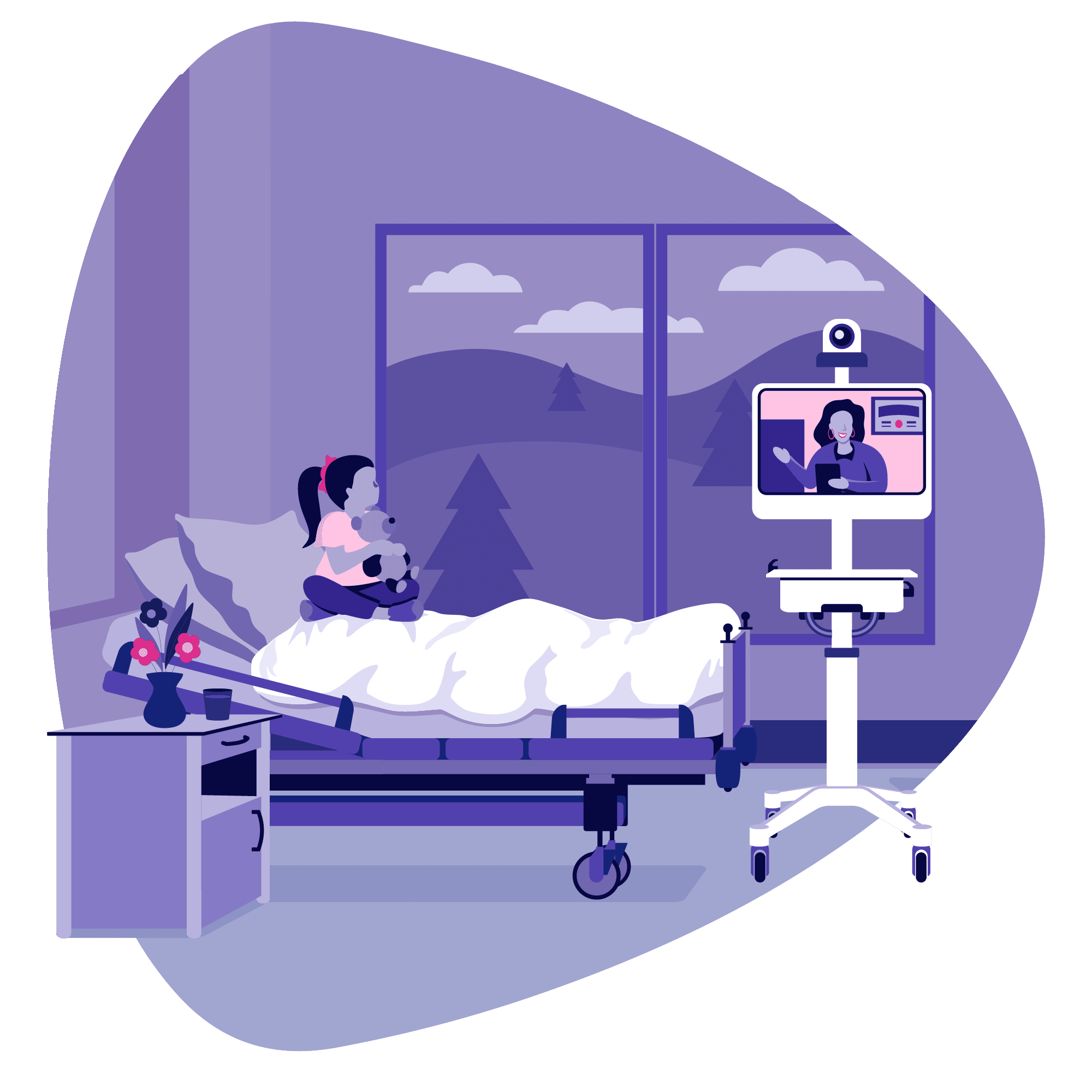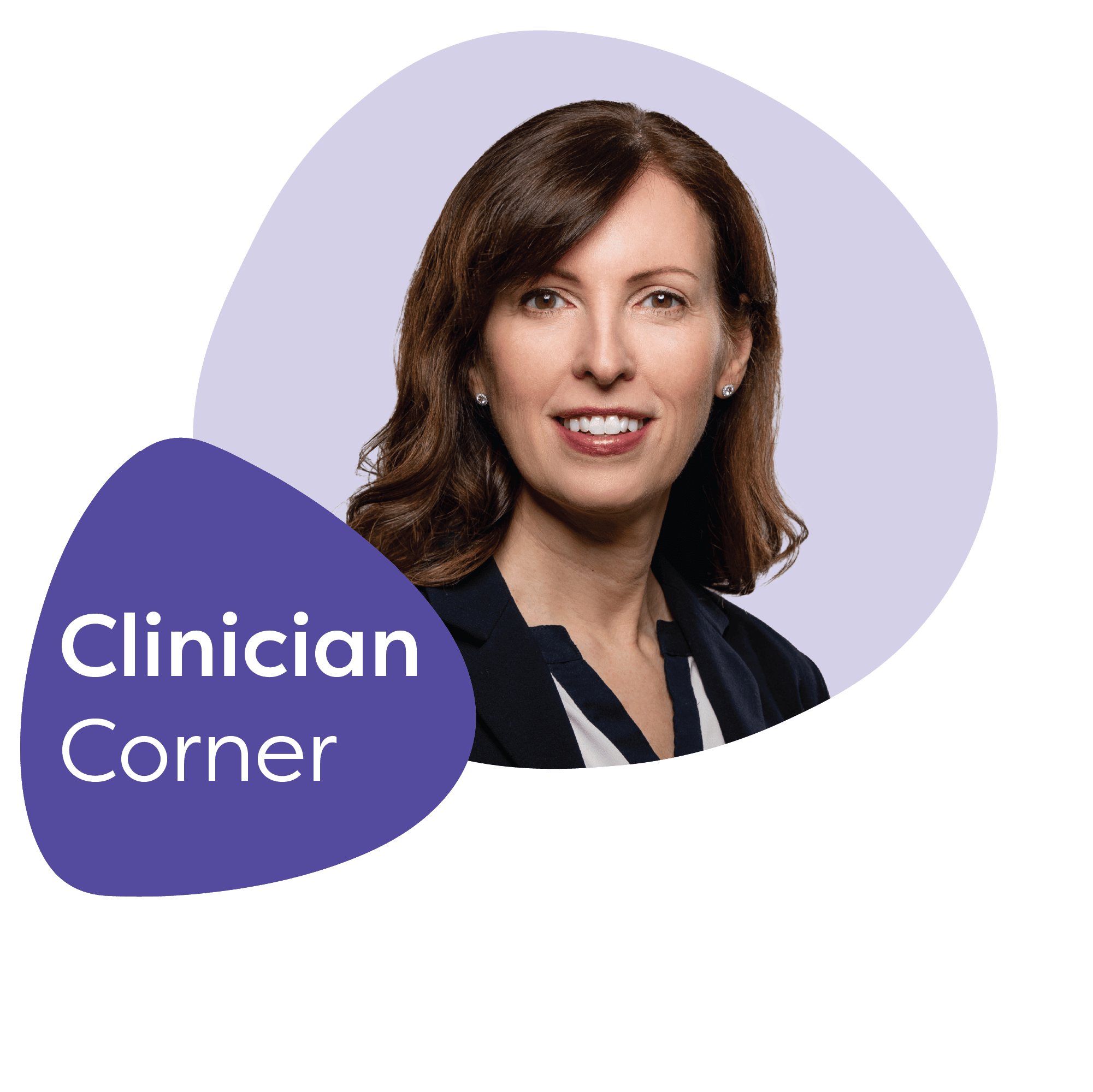Over the last several years, children in the U.S. have faced increased rates of mental health challenges and more barriers to the specialty care they need. Whether it’s long wait times, provider shortage constraints, or social determinants of health, getting care isn’t easy.
According to the Centers for Disease Control and Prevention (CDC),1 in 5 children have a mental, emotional, or behavioral disorder. Still, only about 20% receive care from a specialized mental health provider. This lack of access and increase in mental health challenges has been declared a national mental health emergency.
Thankfully, there are solutions in place to help increase access to mental health care for this population and help improve their experience in health systems and emergency departments across the country.
Best practices for providers treating children and adolescents
For families, seeking care for a mental health need can feel overwhelming. For children, it may feel like one of the hardest days of their lives. However, with the right support and best practices in places, providers and organizations can set children and families up for success.
Let’s take a look at a few approaches providers can take to create a more comfortable experience for children and their families:
- Acknowledge that the child is in crisis: Being in a psych unit can be daunting for anyone, and it’s especially stressful for children during an evaluation. That’s why acknowledging the feelings and emotions children and families may be experiencing is critical. By supporting them emotionally, you can help reassure them that their feelings are valid and create a more positive introduction to the health system.
- Work in conjunction with telepsychiatry providers: If your healthcare organization has partnered with a telepsychiatry solution, you have access to remote specialty providers with behavioral health expertise. This access to clinicians like psychiatrists, LCSWs, and PMHNPs, offers a great opportunity to collaborate and utilize their knowledge as a resource. Specialists can help guide the patient to the next level of care and offer valuable insights. By collaborating with other providers, your care team can enable comprehensive care and better health outcomes.
- Offer resources and support for families: Entering the mental health system for the first time can be scary, especially for children and families. Families may not know where to go or how to navigate the system. However, by leading with an empathetic approach and offering guidance, families may feel more comfortable with the process. By taking the time to hear them, see them, and direct them to the right resources, you can help children and families have a more positive experience.
Resources and training opportunities for providers
There are plenty of resources available for providers to learn more about best practices and sharpen their skills.
Here are a few resources and continuing education opportunities that can help set providers up to facilitate the best care possible to youth entering your health system:
- Medscape’s Child and Adolescent Psychiatry Learning Center: Medscape’s Child and Adolescent Psychiatry Learning Center offers several continuing education opportunities. Their learning center cover topics frequently encountered while treating children and adolescents in health systems, like youth suicide rates and risk, ADHD medication misuse, and mental health surveillance among children.
- The American Academy of Child and Adolescent Psychiatry (AACAP): The American Academy of Child and Adolescent Psychiatry is a non-profit organization that focuses on topics related to youth and adolescent psychiatric care. They offer clinically relevant, evidence-based pediatric resources for providers and can range from self-study courses, lectures from AACAP speakers, and tests.
- The American Academy of Pediatrics (AAP): The American Academy of Pediatrics is a professional organization made up of physicians who focus on child and adolescent health care. They offer an assortment of video series and telehealth resources that are designed to help providers care for children and adolescents with mental health concerns. For example, they have a video series about how to help adolescents feel in control during times of distress which can be applied in the emergency department.
Telepsychiatry can bridge gaps in mental health care
Telepsychiatry is a powerful tool that can help children get the care they need, when they need it. Telepsychiatry is especially essential for children and families living in rural areas given 70% of American counties do not have a child psychiatrist. Telepsychiatry has been a significant solution in getting children the mental health care they need, no matter their proximity to the necessary specialty care.
When families have a virtual visit as an option for care, they no longer need to travel long distances to get support for their child’s mental health needs. Telepsychiatry helps support continuity of care and gives families the flexibility to make it to their appointments. Parents don’t have to take off work, kids don’t have to miss school, and providers can work from the comfort of their own home, too.
For organizations, telepsychiatry helps increase the number of specialty providers available to their community. Additionally, it can also help give on-site providers an opportunity to lean on remote providers for their behavioral health expertise. This collaboration allows for high-quality care and better patient outcomes.
Where Iris Telehealth fits in
At Iris, we help ensure that children and families can get the high-quality, specialty care they need. That’s why we work hard to match healthcare organizations with the specialty providers they need to help their communities thrive – regardless of geographic barriers.
Contact us today if you would like to learn more about how telepsychiatry can help provide behavioral health services and increase access for children and adolescents in your community.



